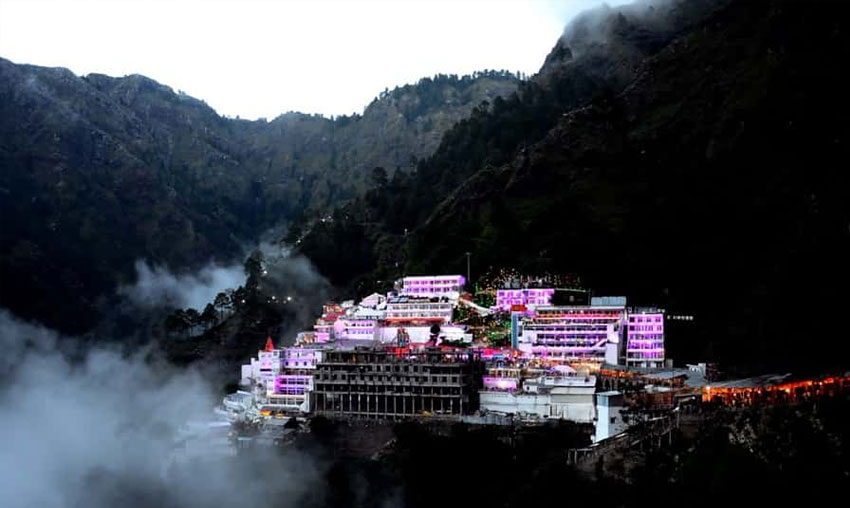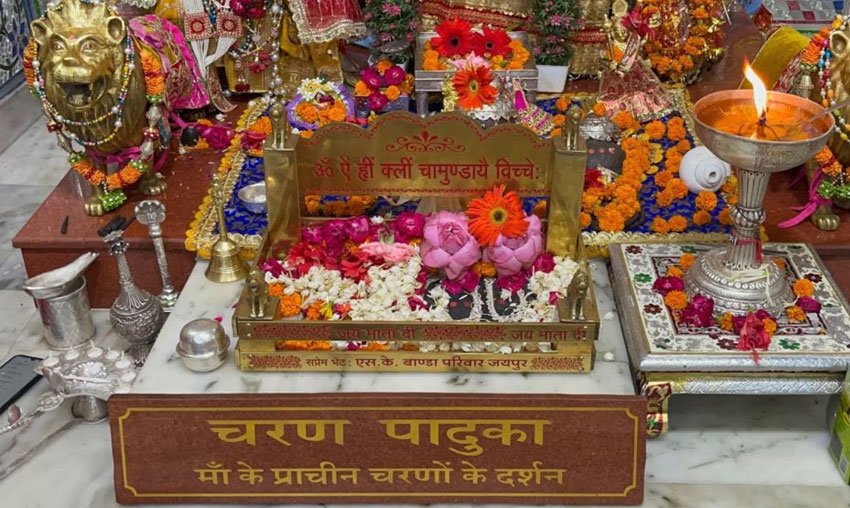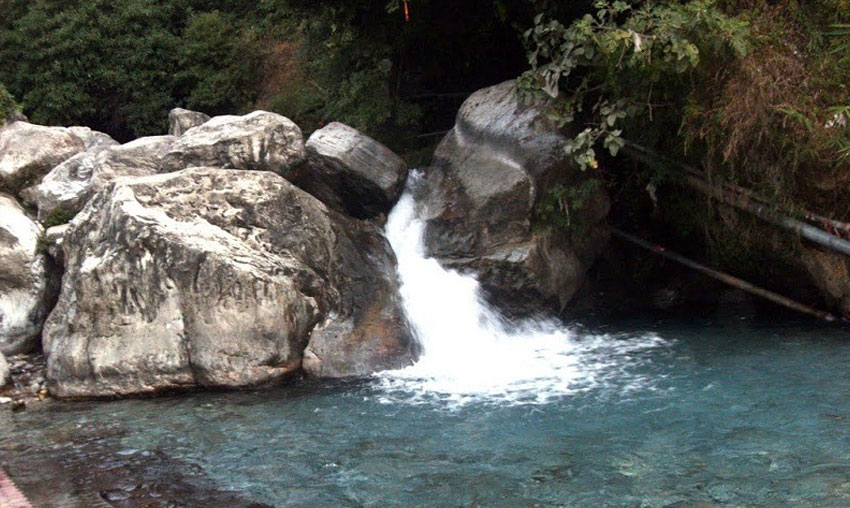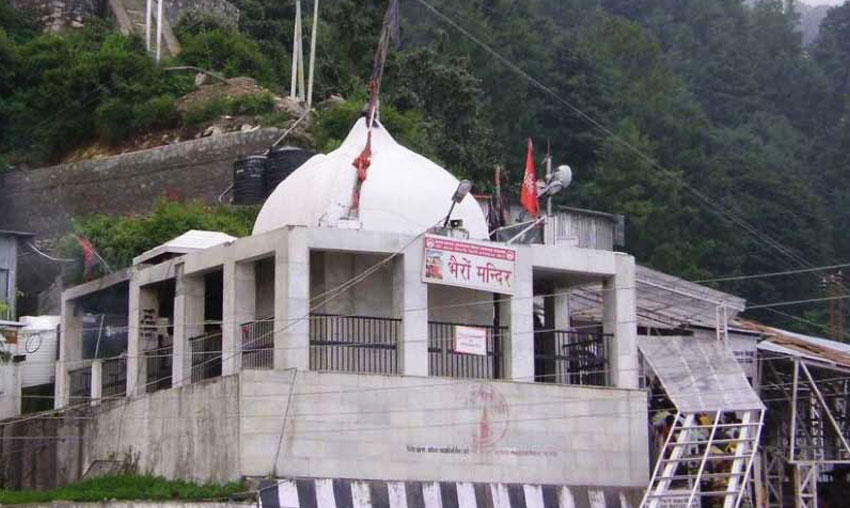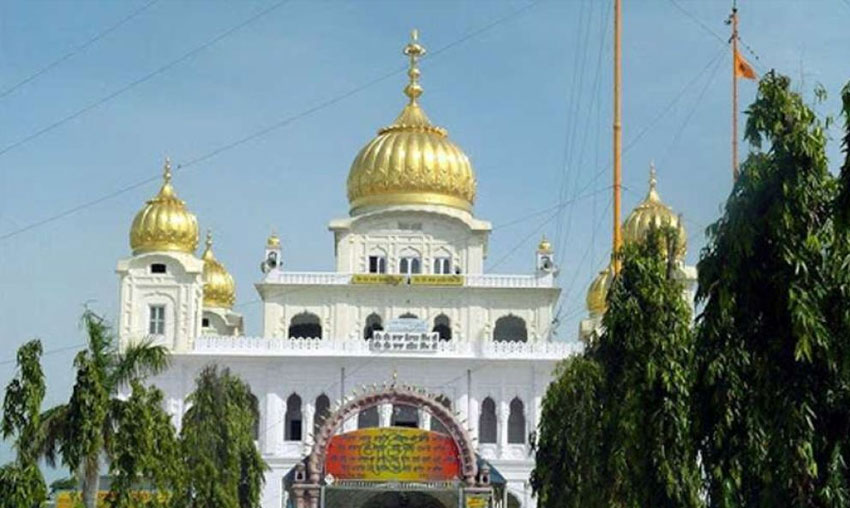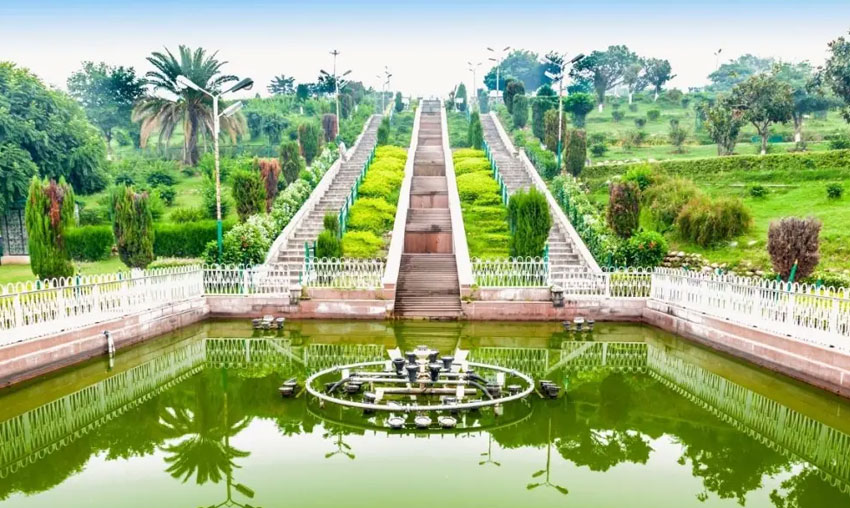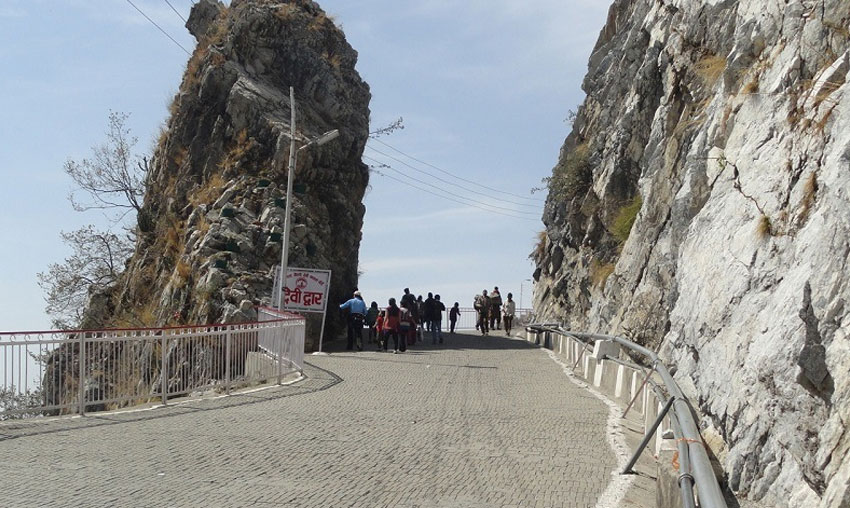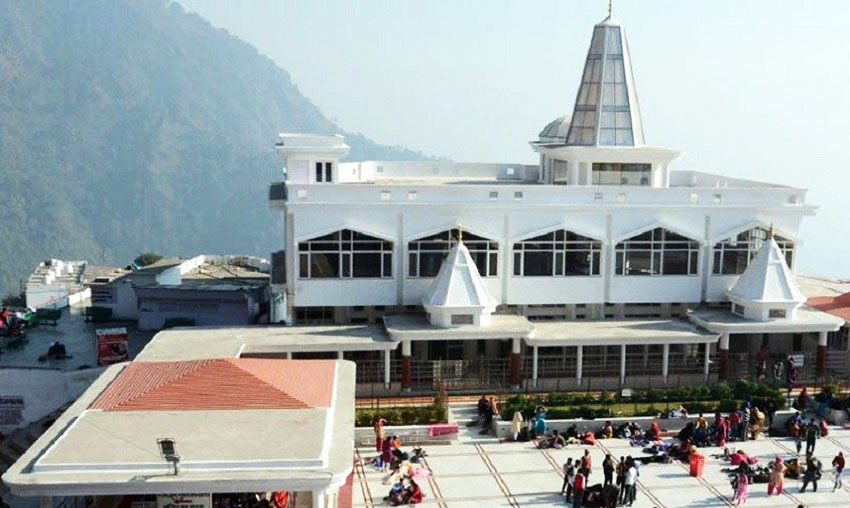Vaishno Devi Temple / Bhavan, Vaishno Devi – Timings, History, Darshan, Pooja Timings
Vaishno Devi Temple is a revered Hindu temple located in the temple town of Vaishno Devi in Katra in Jammu & Kashmir, India, 18 kilometers from Katra Railway Station. Among the must-see locations for the Vaishno Devi Yatra, it is one of the most visited pilgrimage sites in Jammu & Kashmir.
The Vaishno Devi Temple is devoted to Maa Vaishno Devi, a folk embodiment of the Hindu Mother Goddess Durga, and is situated on the slopes of the Trikuta Hills. The goddess Vaishnavi, also called Mata Rani, Vaishnavi, and Trikuta, was created by combining the forces of Saraswati, Lakshmi, and Parvati. According to legend, Vaishno Devi is Moonh Maangi Muradein Poori Karne Wali Mata, or the mother who grants her children’s requests. With yearly revenues of about 16 billion dollars, Vaishno Devi Temple is one of the wealthiest temples in India and a popular destination for tourists traveling close to Jammu.
Legend has it that Vaishno Devi was a devoted follower of Lord Vishnu who would often meditate in a cave. It is said that Bhairon Nath, a famous Hindu Tantric, saw the young Vaishno Devi at an agricultural fair and fell madly in love with her. In order to evade his sexual approaches, Vaishno Devi fled into the Trikuta hills. Later, in a cave, she took on the persona of Mahakali and used her sword to strike off his head. His head fell farther up the mountain, where a temple dedicated to Bhairon Nath still stands, while his body was restrained at the cave’s mouth. After that, Bhairo expressed regret and begged for pardon. Vaishno Devi blessed him by saying that if pilgrims did not have darshan of his head, their pilgrimage will not be fruitful.
Vaishno Devi fled from him, pausing at several points along the Trikuta mountain trail. Today, these locations are called Banganga, Charan Paduka, Ardh Kunwari, the cave where she is rumored to have spent nine months, and Bhavan, the cave that is now her home. The elevation of the Holy Cave of the Mother is 5200 feet. From the base camp at Katra, the Yatris must travel for around 12 kilometers. At the end of their journey, the Yatries receive the Mother Goddess’ darshans in the sacred cave known as the Sanctum Sanctorum. The pindies are three naturally occurring rock formations that resemble these Darshans. These pindies manifest the three forms of the goddess as Maha Kali, Maha Saraswati, and Maha Lakshmi.
One of India’s most popular pilgrimage destinations is Vaishno Devi. Millions of devotees from around the globe are drawn to this well-known sanctuary. The number of visitors can reach one crore during celebrations such as Navaratri. Devotees think that the goddess herself summons them to come here. The temple, also known as the Shri Mata Vaishno Devi Shrine Act, was incorporated into the Jammu and Kashmir state government Act No. XVI/1988. The temple is run by a committee of nine members appointed by the state government.
Here, the ‘Aarti’ ritual is a long and highly revered one. The Goddess’ ‘Aarti’ is done twice a day, first in the morning, right before sunrise, and again in the evening, right after sunset. It is thought that goddesses visit the holy cave to honor Mata Rani during the pooja and aarti. Navaratri, a nine-night celebration of Devi’s triumph over wicked demons, and Diwali, a festival of lights signifying the triumph of light over darkness, good over evil, and knowledge over ignorance, are the two most notable festivals celebrated at Vaishno Devi Temple.
The shrine itself is 5300 feet high, and getting there requires a lot of effort due to the steep slopes and cliffs one must climb. Two kilometers from the Katra Railway Station stands the Darshani Darwaza, the entrance to the Vaishno Devi Yatra. Pilgrims must hike 13 kilometers uphill from Katra to the sacred site. For the frail and aged, there are palanquin and horse services available. From Ardhkuwari to Bhavan to Ardhkuwari, a battery car journey is another option. Traveling by helicopter to Sanjichhat and then walking 2.5 km to the shrine is another alternative.
Registering for the Yatra is the most crucial task a pilgrim must complete upon arriving in Katra. The Yatri Registration counter (YRC), which is located next to the Bus Stand Katra, is where Yatra registration is done. You can register for Yatra online as well. Reservations for the battery car ride, helicopter ride, and lodging must be made at least two months in advance.
Timings: 5 AM – 12 PM & 4 PM – 9 PM, 6.30 AM – 10 PM for Battery Car
Entry: Free, Rs. 1800 for Helicopter Ride (One way), Rs. 350 for Battery Car(One way)
